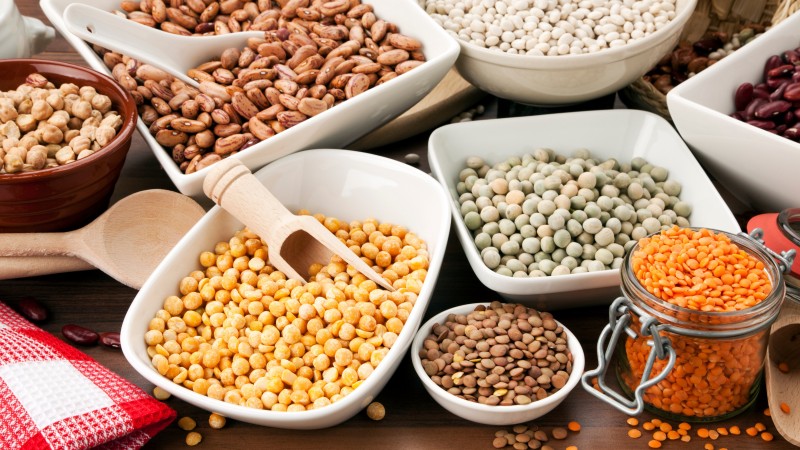Pulses: wasted potential
April 17, 2024 at 11:21 AM ,
Der AUDITOR

Buying interest on the rise
While global demand is on the rise, Turkey only uses one third of its 4 million mt processing capacity for pulses. In fact, the country is heading towards consuming its entire annual production of around 1.3 million mt, whereas demand is high in traditional markets such as the EU and Middle East as well as in South America and Asia, where Turkish pulses are regarded as high-quality niche products. The industry will need to step up production to seize the day.
According to the national Statistical Institute (TÜIK) Turkey's cultivated agricultural area spans 20 million ha and 3 million ha idle fallow land could be used to grow pulses. Scientists not only emphasise that legumes would be ideal for these areas as they nutrify the soil and increase productivity but also that output would rise to 3.6-3.9 million mt if these lands were planted with pulses. This would enable the industry to export much larger volumes and invest in research for innovative flavours. Another adavantage would be that the sector could flourish in terms of seed production. Turkey's seed production has risen ninefold and seed exports 13-fold in the last twenty years.
The Mediterranean Cereals, Pulses, Oilseeds and Products Exporters' Association (AHBİB) certainly agrees with such projections in stating that it is not difficult to triple annual production and emphasing that as the industry already has good equipments, a high processing capacity and customers exports will certainly receive a boost. The Central Anatolian Exporters' Association (OAIB), in addition, highlights that Turkey currently is a net importer of several pulses. While Turkey produces around 240,000 mt of dry beans, consumption has reached 300,000 mt. Green lentil production ranges at 50,000 mt and consumption at 60,000 mt. For red lentils production stands at 240,000 mt but consumption at 260,000 mt. Chickpeas are the only exception as Turkey is a net exporter of this product.
According to TÜİK Turkey produced 1.308 million mt of pulses in 2023. Chickpeas accounted for 44%, red lentils for 32% and dried beans for 18%. Other legumes such as green lentils and broad beans accounted for 6%. The Turkish pulse industry exported 774,000 mt in 2023. Global average per capita consumption of pulses is 7.4 kg and 12.9 kg in Turkey as United Nations Food and Agriculture Organization data shows.
View more
- price charts





